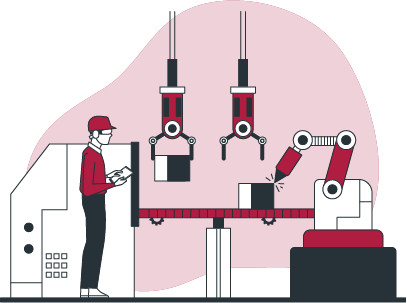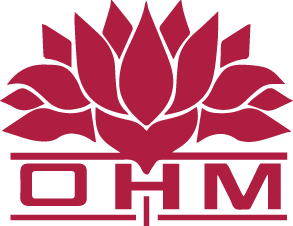Normally, the product is put together in a production line, where a number of operations are carried out sequentially by people and/or machines.
- There is no cap on the amount generated at which point production halts. Instead, a specific amount is planned for production during each subsequent period.
- This circumstance most frequently occurs when a company receives a constant flow of orders that do not change over time.
- In a repetitious manufacturing process, some variation can be introduced to allow various products from the same family to exit the same production line.
- Components can be regularly staged next to the production line as existing component amounts are used up as part of the materials management for repetitive manufacturing.
- The majority of production routes are quite straightforward, allowing for a continuous conversion of raw materials into finished goods without a gap in which incomplete goods are transported to a temporary storage location.

